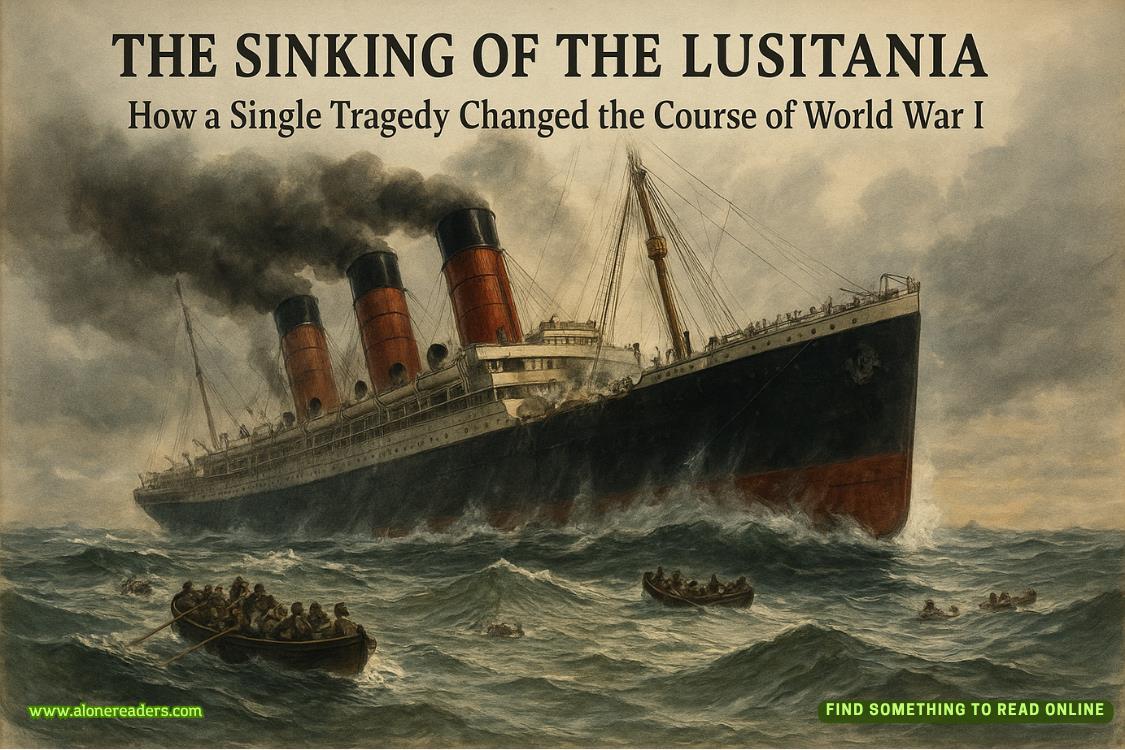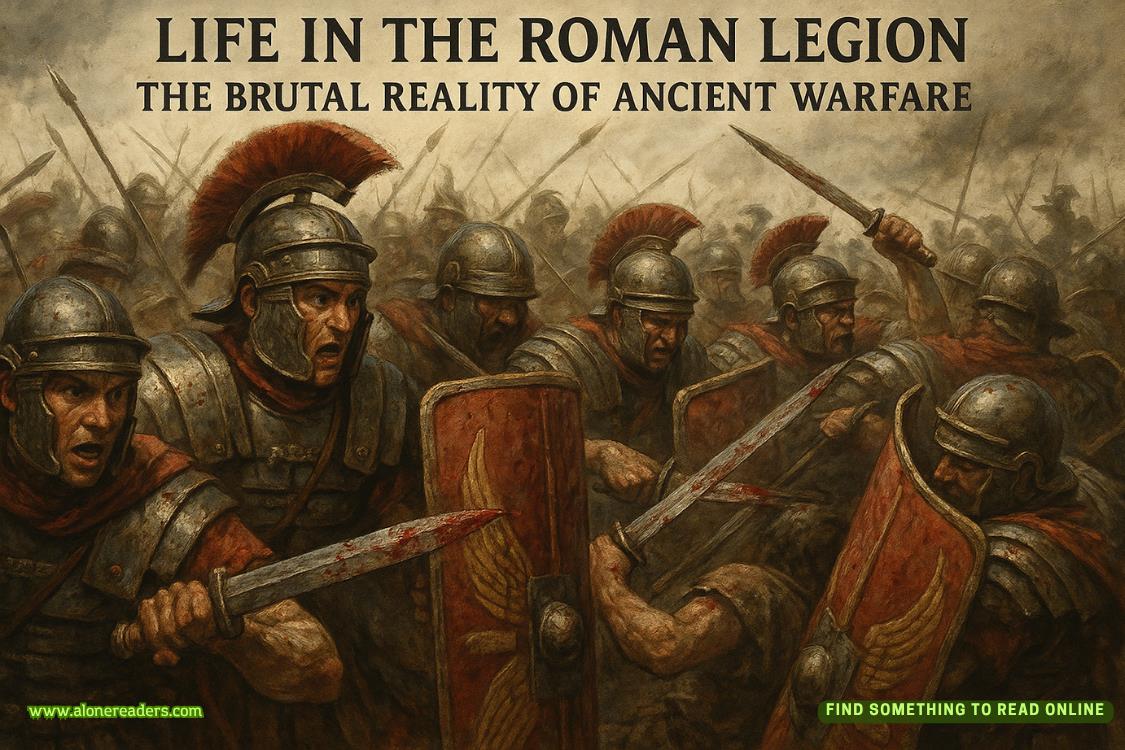Page 33 of Unnatural Death
“I’ll try to remember that.” I will myself to block my emotions completely before he succeeds in freaking me out.
“If he tumbles down out of sight, it won’t be us getting him out,” Marino lets me know. “I’m not sure anybody could. Let’s hope we don’t lose him, because it will be hard as hell to explain.”
CHAPTER 13
WHEN YOU’RE CLOSE, WE’LL ease the tension on your chest rig, making it possible for you to flip over facedown.” Lucy starts giving me the details, our lights dancing and casting shadows along the mine’s stony walls and floor. “You’ve got a safety line on your back, a personal anchor system that will keep you suspended. When you’re stabilized, you’ll put this on him. And that should do it.”
She attaches an additional rescue harness to another line as I put on the full-face respirator, hearing the loud sound of my breathing as if scuba diving.
“Ready?” Lucy asks me.
“As I’ll ever be.” My answer is muffled through the respirator’s speaking diaphragm.
I crouch by the edge of a black hole in the earth that reminds me of a toothless mouth. Sitting down in the rocky dirt, I inchworm myself closer, dangling my legs over the opening, trying not to look down. Grit and small rocks fall in, clicking against whatever they hit. I ease off the edge, the open shaft yawning under me as I gently swing.
Coarse granite walls sparkle in my light as I slowly descend in a seated position, the straps tight under my arms and around my upper thighs. Careful about banging into scaffolding and rocks, I steady myself by touching my feet to the opposite wall. The opening above is getting smaller and more out of reach. I’m fifteen feet down, I estimate. Then it’s closer to twenty.
“EVERYTHING OKAY?” Tron peers over the edge, shouting.
“AFFIRMATIVE.” I give her a thumbs-up.
“YOU READY FOR US TO LOWER THE HARNESS?”
“AFFIRMATIVE. AND I’M GOING TO NEED AS MUCH LIGHT AS YOU CAN SHINE DOWN HERE.”
Then the harness is descending, followed by the bolt cutters. Keeping my feet planted on the wall, I walk down it until the body is inches below my back. I’m going to need both hands, and I turn off my flashlight, tucking it into a pocket. Working in a chiaroscuro of glare and dark shadows while suspended in the harness, I’m mindful of not losing my balance or bearing.
I’m trying to adjust my position without starting an oscillation that could slam me into jagged rock walls. I don’t want to knock into wooden scaffolding that’s partially collapsed and treacherous with exposed rusty nails. The victim is snagged and partially held in place by the protruding hiking poles. One false move and I could send him tumbling out of reach forever.
Carefully … Carefully … I turn myself over, suspended by the vertical line attached to my back. I grab the harness hanging nearby as I’m aware of a noise in the void below. Rocks knock together, something moving. Then I hear a huff and a deep quiet growl that send a thrill of fear running through me. Something squeaks past that I suspect is a bat, followed by more huffing and growling that sound closer.
My face mask is inches from the dead man’s head. I can see part of the skull is missing in back, brain tissue avulsed, blood slowly dripping on my sleeve from a flap of scalp. Digging in a pocket, I pull out a black plastic bag, shaking it open. I work it over the head, securing it around the neck with a rubber band. Arranging the harness under the arms and across the chest, I fasten quick-connect buckles, my hands awkward in thick gloves.
The leg straps are harder, the victim muscular and slippery, blood oozing from his injuries when I move him. Rigor mortis is well on the way to being set, and he’s difficult to maneuver. Should the body start spinning, that would be disastrous. The hiking poles are some five feet long. He was stabbed through the back, the lower part of the shaft protruding from the chest. I notice other perforations.
Using the bolt cutters, I snap through the hollow aluminum, freeing him from the scaffolding. I place sections of the hiking poles inside a bag that I clip to a rope. Another low growl and what sounds like something mumbling as I’m being pulled back up to the surface. I can’t get there fast enough. Turning on my flashlight, I’m startled by pairs of round orange eyes in a rocky recess.
Owls, I decide. They don’t blink as I ascend, leaving them behind. Tron and Lucy help me climb out while Marino begins hoisting the body with a handheld battery-powered winch. For a moment I’m weak in the knees but don’t show it, and if I never do something like this again, I’ll be most grateful. Then the bag-covered head rises from the darkness to the whirring of the electric motor.
The victim sits froglike in the harness. Arms and legs are bent at awkward angles, the hands wounded and covered with dried blood. The dusky discoloration to certain areas of the body and the pattern of rigor mortis tell me he was in this position when he died or soon after.
“What I’m seeing so far is consistent with him having been dead at least eight hours in somewhat chilly conditions,” I decide, and it’s now almost noon.
“Which is consistent with the time we think they were attacked at about three-thirty this morning when the gunfire sounded,” Tron says as we lift out the body and Marino grabs the back of the harness.
He lifts it up without any help from the rest of us, and I get a better look at abrasions and lacerations. They’re from being dragged over rocks and dropped into the mineshaft, I explain. The left leg is fractured, the jagged femur protruding through skin, and animals had begun their damage. The left foot has been raggedly amputated, the other one badly mangled.
“I have no doubt this happened postmortem, perhaps the culprit of a bobcat, a puma, a bear. But the linear wounds to the wrists and hands weren’t caused by tooth or claw. They’re incisions.” I point them out. “Inflicted by something sharp like a knife.”
“Defense injuries?” Marino suggests.
“I seriously doubt it.” I help him place the body inside the sheet-lined double pouches. “They aren’t random like you’d see when someone’s flailing, trying to ward off a knife or some other sharp instrument. These cuts are more uniform, and I see no evidence the victim was moving at the time they were inflicted.”
“That’s weird. Why would someone do that?” Tron asks me.
“At the moment, I have no idea, but suspect the injuries are postmortem or were inflicted close to death.”
As Marino takes photographs, I use a lighted magnifying glass to examine a gaping perforation in the front of the neck that might correlate with an irregular wound in the upper back that’s as big as an orange. Rolling the body on its side, I examine what I suspect is an entrance wound, blood seeping out and dripping. The perforation exits through the large wound in the upper back, I tell Marino, and he tosses me a towel.















